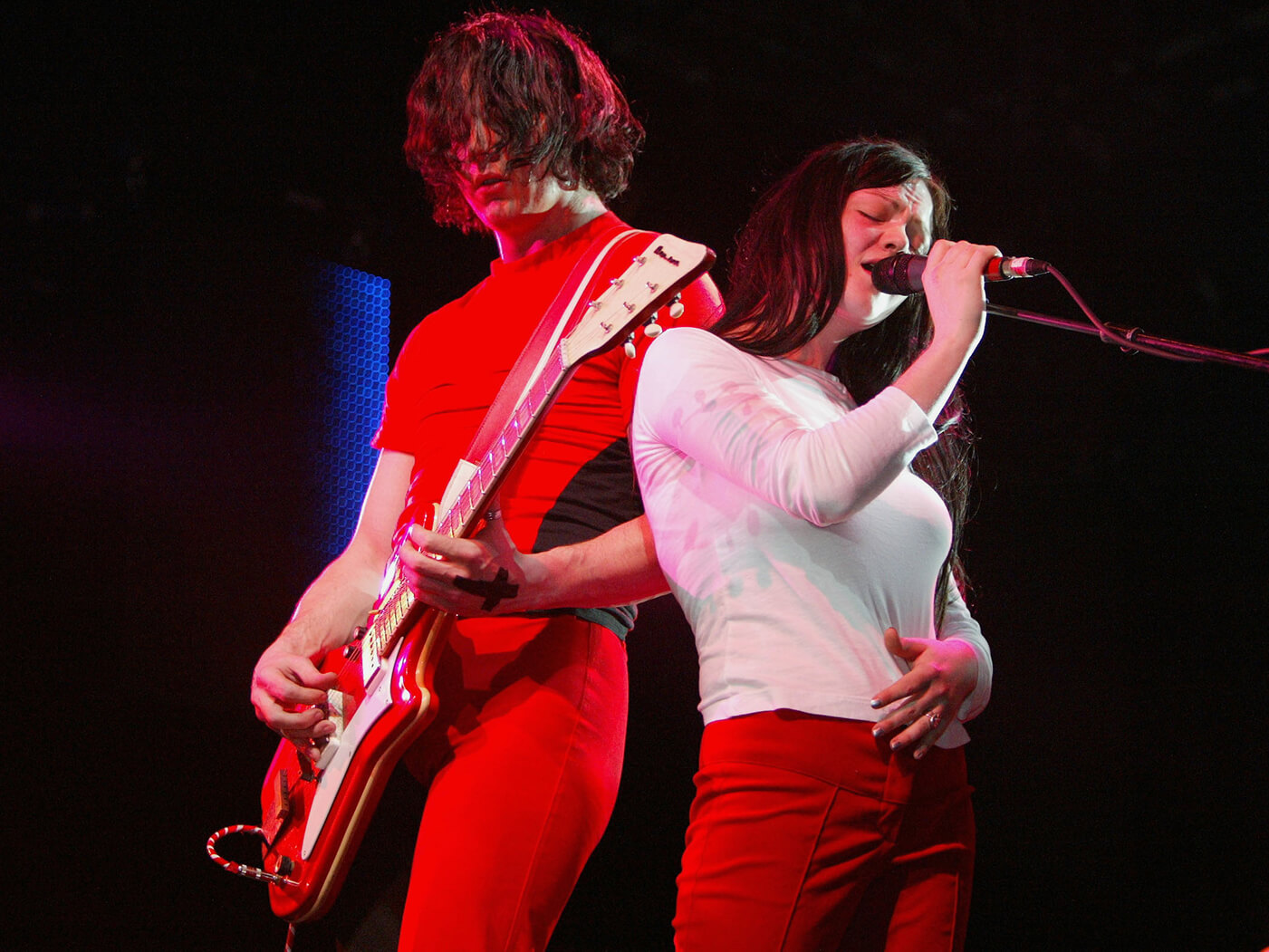
The raw garage rock sound that made The White Stripes stand out
The Raw Garage Rock Sound of The White Stripes
The White Stripes, comprised of Jack White and Meg White, emerged in the late 1990s as one of the most defining bands of the garage rock revival. Their music captured the raw, unpolished essence of rock and roll, reminiscent of 1960s garage bands but with a modern twist. The duo's unique sound combined bluesy riffs, minimalistic instrumentation, and powerful vocals, creating a style that stood out in the crowded landscape of early 21st-century music. This blog will explore how their distinctive raw sound not only set them apart but also influenced a generation of musicians.
The Essence of Garage Rock
The garage rock genre is characterized by its raw energy, stripped-down sound, and often rebellious attitude. The White Stripes took these elements and refined them into something strikingly unique. Their self-titled debut album featured a gritty and raw production that instantly drew listeners in. Tracks like "The Big Three Killed My Baby" showcased their ability to create compelling music with minimal equipment. The use of distortion, coupled with Jack's powerful guitar work and Meg's straightforward drumming, gave their tracks an authentic feel that resonated well beyond their Detroit hometown.
Influences and Inspirations
The White Stripes were heavily influenced by classic rock and blues artists, which significantly shaped their musical approach. Jack White often cites artists like Son House, Lead Belly, and The Stooges as pivotal influences on his songwriting. Songs such as "Fell in Love with a Girl" display a blend of punk fervor and bluesy undertones, demonstrating their eclectic inspirations. The rawness of their sound is also a homage to the DIY ethic of 1960s garage bands, emphasizing spontaneity and creativity over technical perfection. This authenticity proved to be a refreshing departure from the overly polished productions prevalent in mainstream music at that time.
The Role of Aesthetics and Branding
The White Stripes were not just about their music; their visual aesthetics played an integral role in their identity. The iconic red, white, and black color scheme became synonymous with the band, often seen in their album covers, merchandise, and performances. This branding was further showcased in their online presence, particularly through the "White Stripes Shop," which allowed fans to purchase band-related merchandise and memorabilia. This shop not only provided fans with a chance to connect with the band aesthetically but also underscored their commitment to keeping the spirit of their music alive through tangible art and products. The minimalist designs echoed the rawness of their music, creating a unified artistic vision that further distinguished them from their contemporaries.
Legacy and Impact
Today, The White Stripes are celebrated as one of the pivotal bands that revolutionized rock music in the early 2000s. Their raw garage rock sound has inspired countless musicians and bands across various genres, from indie rock to alternative and even pop. Their influence can be seen in the work of bands such as The Black Keys, Arctic Monkeys, and many others who continue to carry the torch of garage-inspired music. The enduring popularity of their songs and albums, coupled with the continued availability of merchandise through platforms like the White Stripes Shop, speaks to their lasting legacy in the music industry. The White Stripes remind us that at its core, rock and roll should be about passion, authenticity, and the raw power of simple, resonant music.
